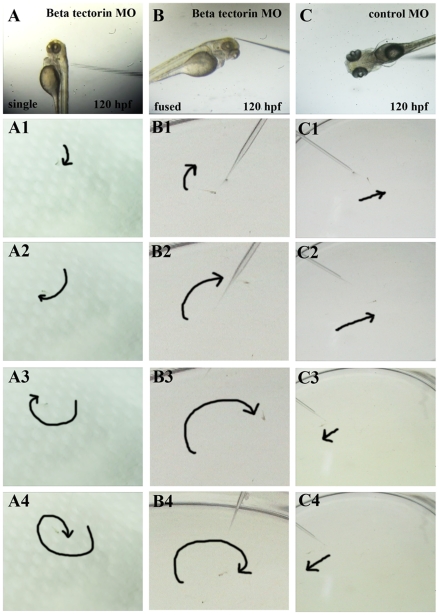Figure 6. Abnormal swimming behaviors of β-tectorin morphants.
β-Tectorin morphants were examined for their abilities to remain balance and react to a stimulus. Tactile stimulation was created by poking a zebrafish on the head with a glass tube: β-tectorin morphants with a single (panel A) and a fused otoliths (panel B), and a control with normal otoliths (panel C). Swimming behaviors of β-tectorin morphants at 5 days post-fertilization under stimulation were recorded with a digital video camera. β-Tectorin morphants with either single or fused otoliths failed to maintain their balance, tended to remain leaning on one side, remained on the bottom (panel A, B), and tended to swim in a corkscrew (panel A, A1 to A4) or circular manner (panel B, B1 to B4). Control zebrafish maintained their balance, had immediate responses to stimulation, and swam in a straight line (panel C, C1 to C4). The trails of the zebrafish movement were illustrated by dark arrows.

